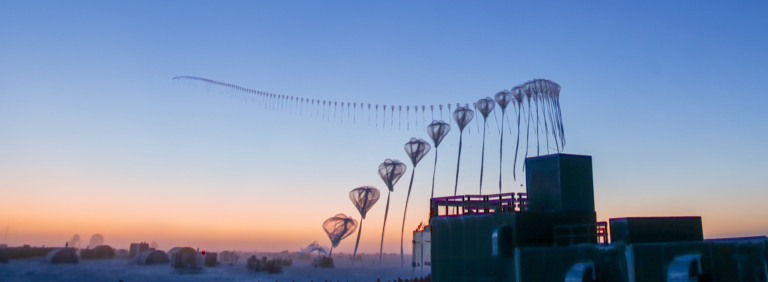The 2019 Antarctic ozone hole is the smallest ever recorded, according to scientists from NOAA and NASA. The scientists cite the cause as abnormally warm temperatures in the stratosphere over Antarctica.
Under normal weather conditions the ozone hole typically grows to a maximum of about 8 million square miles (21,000,000km²), according to NOAA. But this year the annual ozone hole reached its peak of 6.3 million square miles in early September. Since then it has shrunk to less than 3.9 million square miles. The scientists say this is the smallest maximum extent ever recorded for the ozone hole since its discovery in 1985.
Although unusual, this is not the first time this has happened. Similar weather patterns produced atypically small ozone holes in the Antarctic in September 1988 and 2002.
The hole in the ozone layer above the Antarctic forms each year between August and December. It is caused by the release of chlorofluorocarbons (CFCs) into the atmosphere. When scientists first discovered it they found that the hole was growing at an alarming pace because of the wide use of CFCs as accelerants in spray cans. Since then their use has been banned and the hole has gradually been getting smaller.
However, CFCs are also present in frigid polar stratospheric clouds. When these clouds are exposed to sunlight at the end of the polar winter a chemical reaction causes depletion to the ozone layer. This year, however, unusually warm weather in the region limited the formation of these frigid polar stratospheric clouds.
Consequently the record small size of this year’s ozone hole is “not a sign that atmospheric ozone is suddenly on a fast track to recovery,” said Paul Newman, chief scientist for Earth Sciences at NASA’s Goddard Space Flight Centre. “It’s important to recognize that what we’re seeing this year is due to warmer stratospheric temperatures.”
Scientists also stressed they had found no evidence to link the abnormally warm temperatures in the region to climate change.



